Petra is a historical city in Southern Jordan. Do you know all the facts about Petra, the city originally known by its inhabitants as Raqmu?
Carved out of the rocks and surrounded by mountains and passages, it’s one of the most amazing cities to ever exist in the world.
Who created Petra? Where does its name come from? What happened to Petra? Let’s take a closer look and resolve all the answers in this ultimate list of interesting facts about Petra.
1. Who founded Petra?
It’s believed that the area around Petra has been inhabited as early as the 4th century B.C. The people that lived there were called the “Nabataeans.”
The Nabateans were then also the founders of Petra. They were rich nomads as they were excellent traders and founded the city to settle down.
The first archeological evidence of the Nabateans living in Petra dates from the second century B.C. At that time, Petra was already their capital.

2. The Golden Century
As the trading business along with their skills to fend off enemies in the mountainous area surrounding Petra helped the Nabateans gain more and more wealth, the city grew considerably.
It’s estimated that in the 1st century A.D. the city reached a total population of 10,000-30,000 Inhabitants.
This also translates into the construction of the most famous buildings, including the “Khazneh” building which is carved out of the rocks.
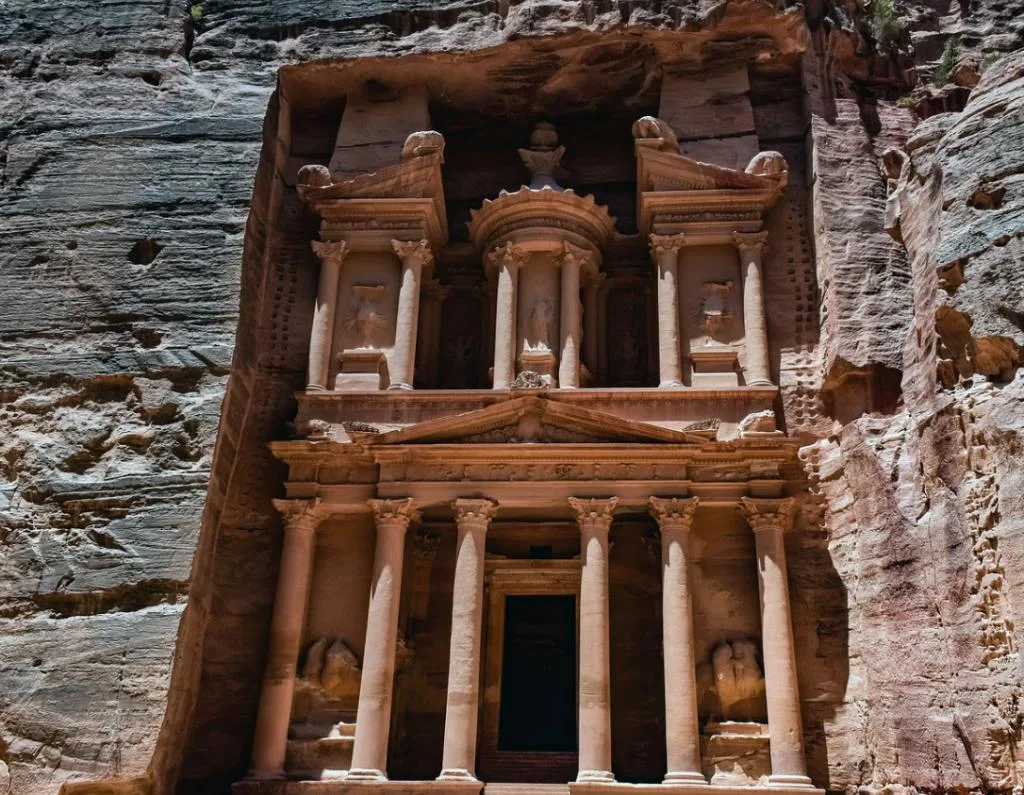
3. Petra has a lot of tombs

The buildings in Petra certainly look amazing. The red-rosy rocks with carvings that create these temples are nothing less than dazzling.
The truth, however, is that a large amount of these buildings are most likely tombstones, making Petra an amazingly decorated graveyard.
The famous Khazneh structure is actually believed to be a mausoleum for the most famous king of the Nabateans, Aretas IV.
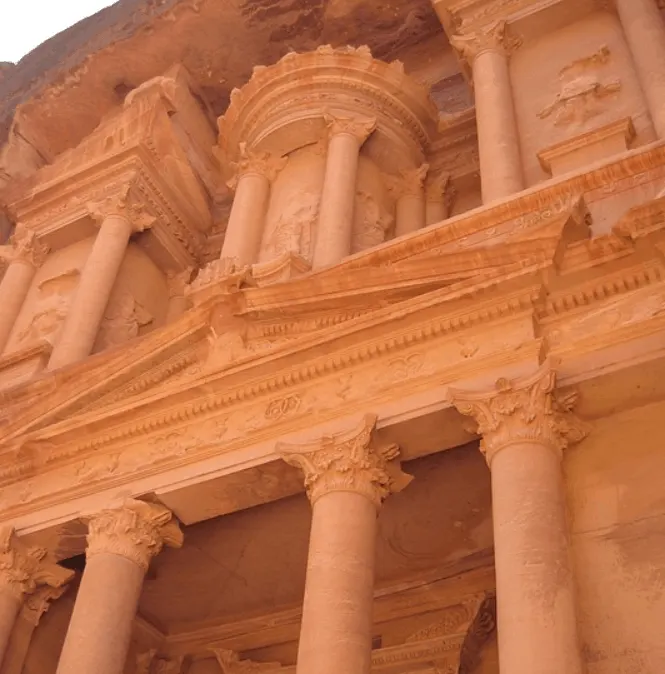
4. Petra was part of the Roman Empire
As the Roman empire expanded east, it started doing business with the Nabateans in the first century A.D.
It wasn’t until 106 A.D. though that Petra came under complete control of the Roman Empire.
The Romans referred to the Nabatea area as “Arabia Petraea,” which also gave the name to the city of Petra which was formerly known as Raqmu by the Nabateans.
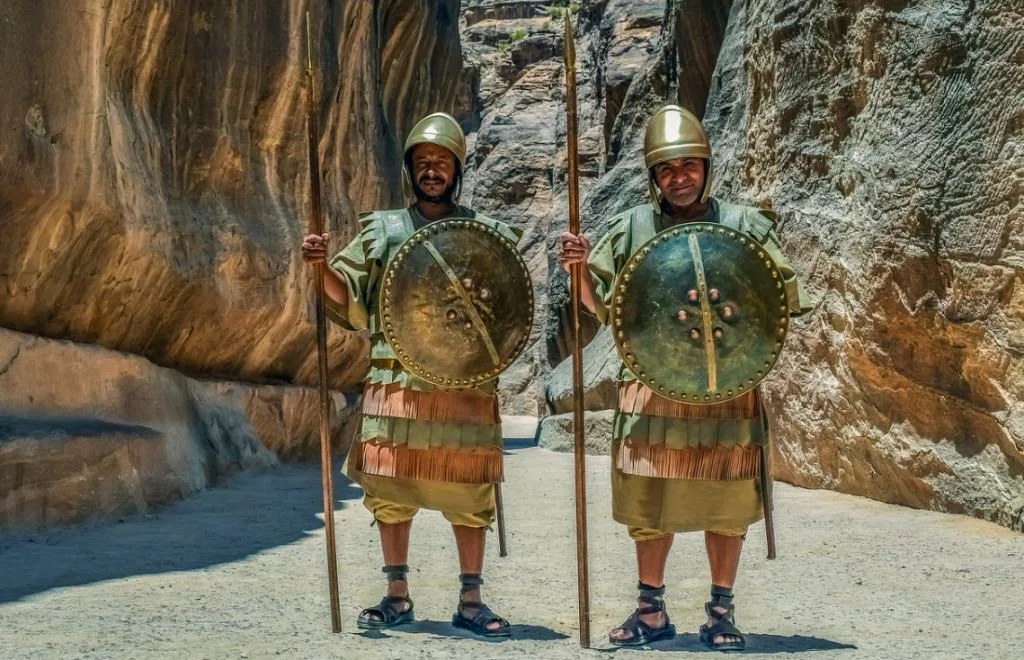
5. The decline of Petra under Roman control
Petra was situated in the border province of Arabia Petraea. This was a border province of the Roman Empire.
Most of the trade routes which made the Nabateans rich were diverted because of sea travel by the Romans.
Being at the outskirts of the Roman Empire along with fewer trading routes going to Petra caused the decline of the city.
An interesting fact about Petra: The city was completely abandoned after the fall of the Roman Empire and only an outpost built after the crusades in the 12th century is a sign anybody from the West knew about the city.
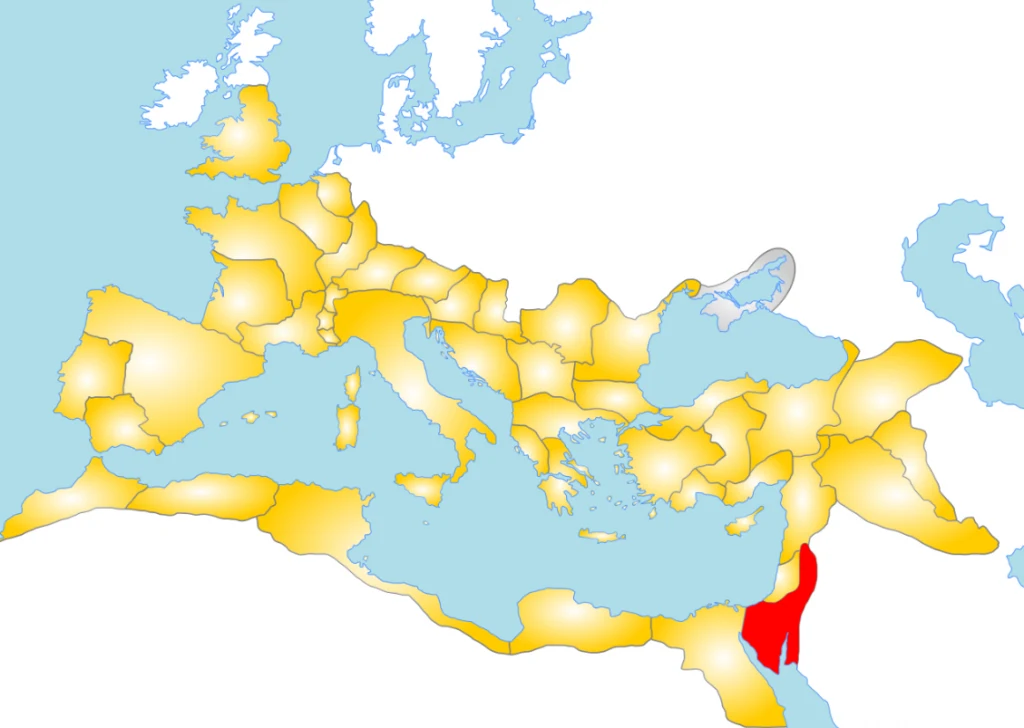
6. How to access Petra?
Even though in ancient times, the city could have been reached by various other routes, right now tourists enter the city through the “Siq.”
The “Siq” literally translates to the “Shaft.” This is a 3 to 4-meter wide gorge which has been created by tectonic plate movements and smoothened by water.
The height of the walls of the gorge varies from 91 to 182 meters (299–597 ft), giving the city a very impressive entrance.
An interesting fact about the Siq: It leads you directly to Petra’s most famous building, the Khazneh.
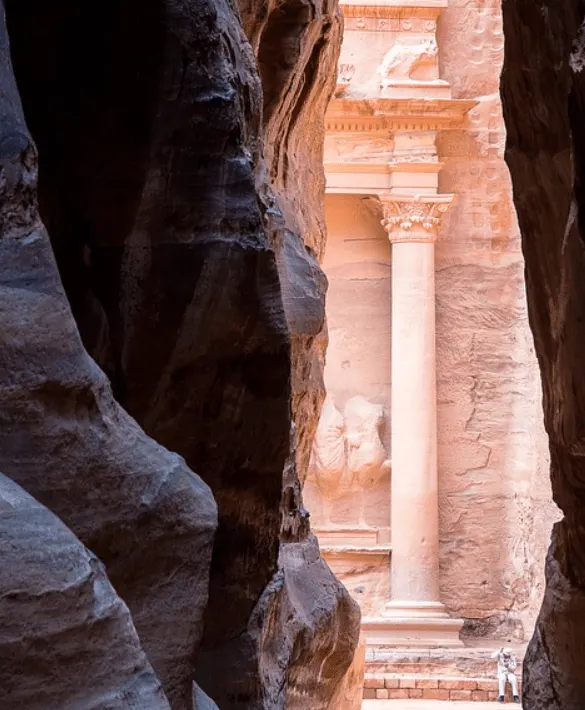
7. Petra is truly a city of stone
The Nabateans were excellent stone cutters. They not only carved their homes out of the rocks to create a city with nearly 30,000 inhabitants but also temples, stores, and any other building you can find in the city.
better yet, they actually cut out nearly 3,000 buildings, tombs, niches, and monuments!
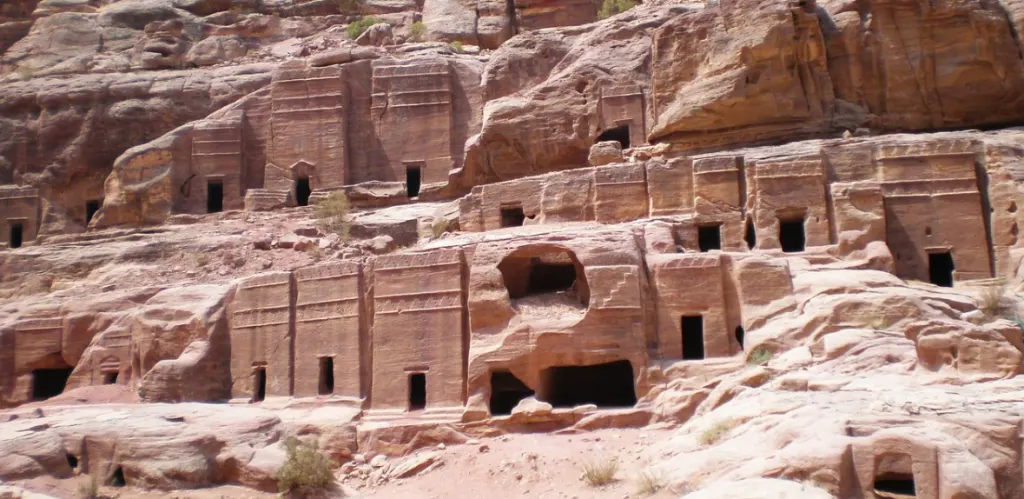
8. The art of harvesting rainwater
A city that can only be reached by a system of intricate passages and gorges in the middle of the desert. How do they get their water supply one might wonder?
The reason the city could exist is because of the Nabatean’s ability to control the water. They created dams that held rainwater that would normally create flash floods in the city.
The water held by the dam was then moved with pipes into the city. Yes, the Nabateans had an actual pipeline that supplied the city of Petra with water!
Pretty amazing considering the time these people lived there.
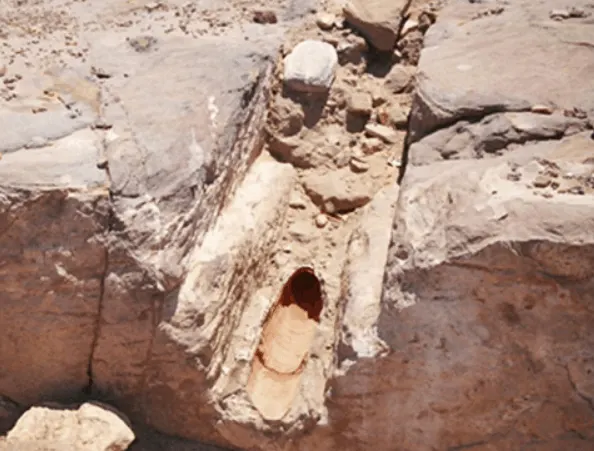
9. Petra has been featured in various movies
The location of Petra makes it a perfect movie setting. And we aren’t the only ones who think this way, some movie directors do as well.
Petra has been featured in various movies including:
- Indiana Jones and the Last Crusade
- Arabian Nights
- Passion in the Desert
- Mortal Kombat: Annihilation
- Sinbad and the Eye of the Tiger
- The Mummy Returns
- Transformers: Revenge of the Fallen
- Samsara and Kajraare
Who can forget that final scene of Indian Jones in front of the Khazneh in Petra?
More interesting facts about Petra
10. The area of Petra has been inhabited as early as 7,000 B.C. when farmers settled in the area of Beidha, just north of Petra.
11. Petra is included as a site in the world heritage list of UNESCO since 1985. It has been described by the organization as “one of the most precious cultural properties of man’s cultural heritage.”
12. The excavations in Beidha are included in the inscription of Petra as a UNESCO world heritage site.
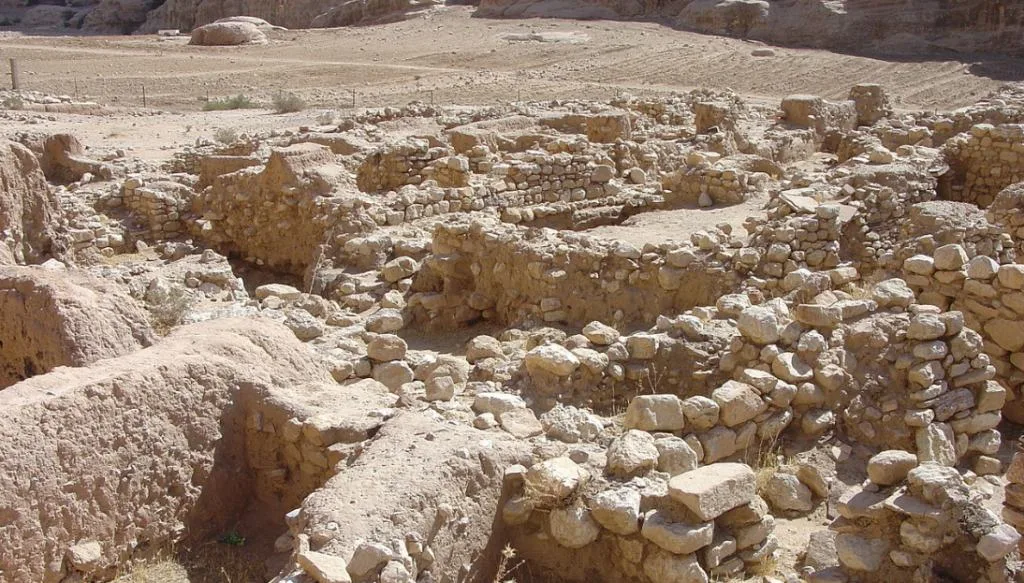
13. The movie of Indiana Jones and the last crusade created a huge surge in visitors to petra. Everybody wanted to walk in the footsteps of their favorite movie hero.
14. The rise of violence in the Middle East stopped the insurgence of tourists taking the trip to the city of Petra.
15. It was struck by a huge earthquake in 363 A.D. It leveled most of the city and most importantly the water management system. This caused the remaining inhabitants to permanently move out.
16. Despite a lot of people moving out, several churches have been excavated around Petra dating from the Byzantine period. Petra then was the capital of the Byzantine province of Palaestina III.
17. The tomb of Aaron, the brother of Moses according to the Bible, lays near Petra. According to Islamic tradition, it is located on Mount Hor which is close to Petra.
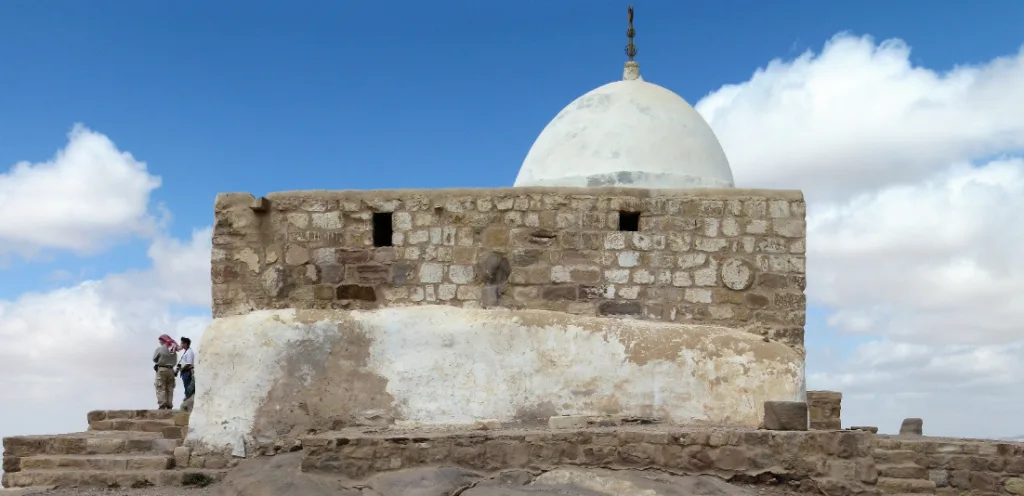
18. An important fact about Petra: It was rediscovered in 1812 by Swiss traveler and geographer Johann Ludwig Burckhardt. He asked a guide if he could sacrifice a goat near the tomb of Aaron and accidentally came across the city of Petra.
19. Johann Ludwig Burckhardt, also known as John Lewis, was the first European to lay eyes on Petra in over 500 years.
20. Petra has a Roman Amphitheater which could seat thousands of people during the Roman period.
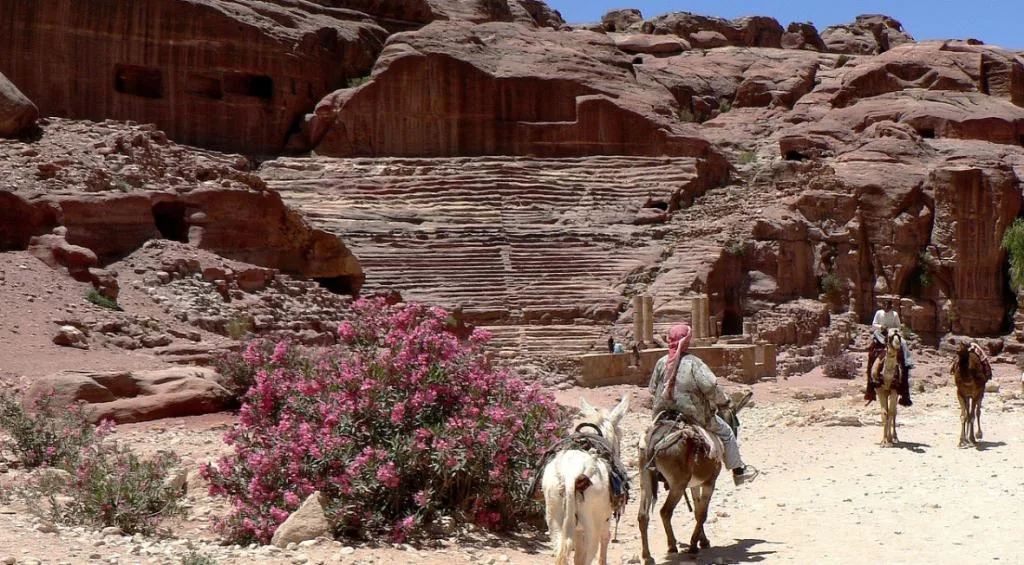
21. Crusaders built a few outposts near Petra in the 12th century but abandoned them pretty fast. these were the last non-locals to lay eyes on Petra until our Swiss friend rediscovered this magical place.
22. The ancient Nabateans were not only rich nomads keen on profiting from their trades, they also worshipped the sun. In fact, Petra is actually built to align with the sun. This even includes solar patterns such as solstices.
23. Nothing’s wrong with a little nostalgia. That’s why we don’t have a problem when some of the Bedouin tribe people still living around the Petra area still call Petra their home. Many of these self-proclaimed ascendants of the ancient Nabateans work as tour guides.
24. Petra suffers from several issues. Some buildings are about to collapse and erosion and floods are threatening the existing buildings as well.
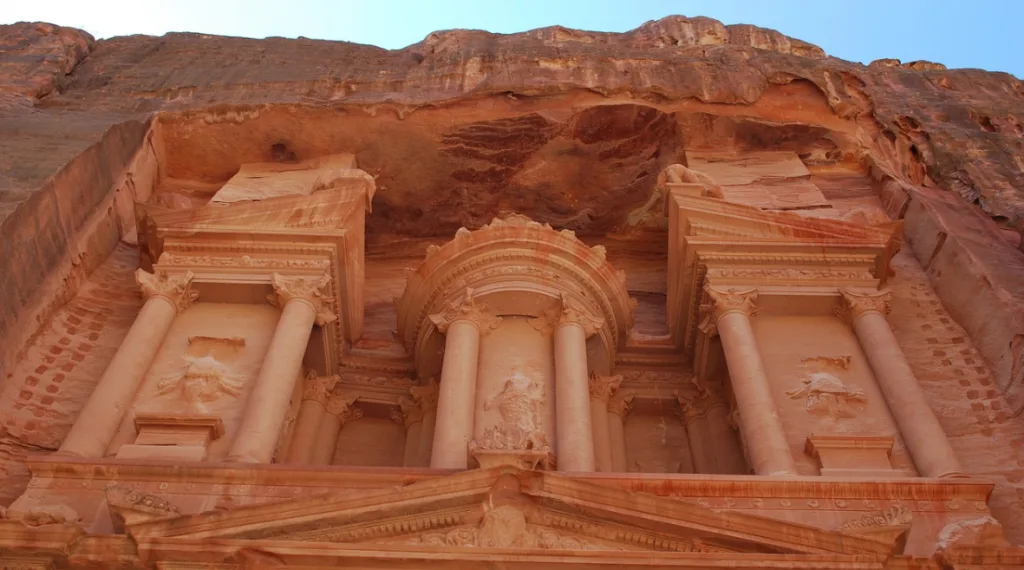
25. Petra is forever known as the “Red-Rosy City” due to the reference made by John William Burgon in his work “Petra” in 1845. This work caused him to win the Newdigate Prize, annually awarded by the University of Oxford.
26. Using Google Earth and drones, a team of archeologists has discovered a huge monument just outside of Petra back in 2016. It’s basically a large platform the size of two Olympic swimming pools with staircases on each side. The structure was most probably built by the Nabateans around 2 B.C. and used for public ceremonies.
27. A story circulated once around the campfire. It was a tale of immense riches awaiting those who were able to break open the facade of Petra’s Khazneh building. This story inspired Naïve Beduin tribes to cause damage with bullets to it, not knowing the building is solid rock with nothing inside.

28. The Khazneh, made immensely popular by Indiana Jones, is undoubtedly the most famous building in Petra. It is however not the biggest building. The biggest building is the Monastery in Petra. It’s a massive building of 50 meters wide and stands 45 meters tall.

29. Do you plan to visit Petra someday? It’s actually bigger than you might think! Here you can see a map of Petra with all its buildings and sights:
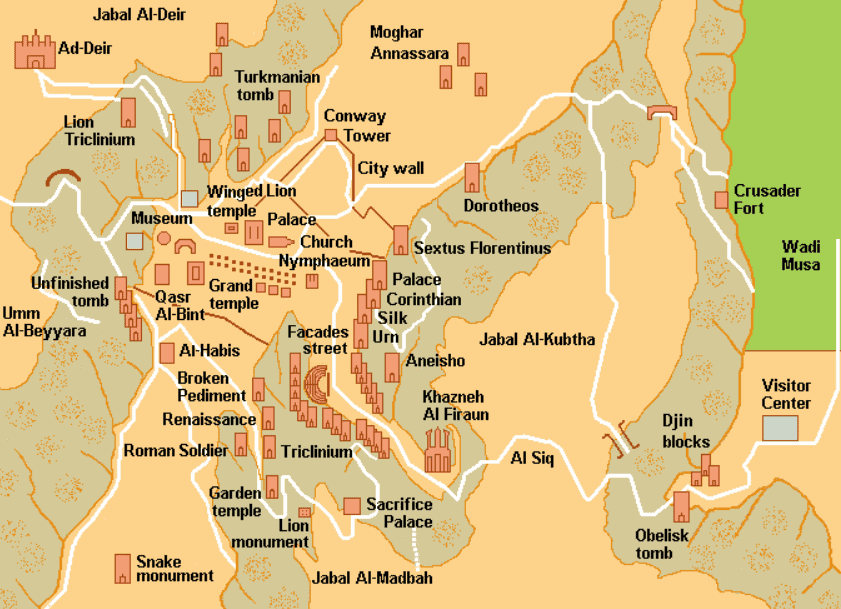
30. Along with the Great Wall of China, the Christ the Redeemer Statue in Rio, The Colosseum, Chichen Itza, The Taj Mahal, and Machu Picchu, Petra is one of the new 7 wonders of the world today. The competition received over 100 million votes and even though not supported by UNESCO, it is supported by various instances including the United Nations.

Leave a comment
You must be logged in to post a comment.